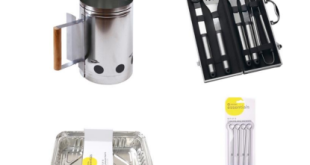 Britain’s retail vacancy rate remained stuck at 12.3% in November, according to new figures from the Local Data Company (LDC).
Britain’s retail vacancy rate remained stuck at 12.3% in November, according to new figures from the Local Data Company (LDC).
The number of vacant shops has now varied by no more than one in a thousand, net, for the past nine months. This new-found stability follows consistent, gradual improvement since the rate’s last peak of 14.6% in September 2012.
The vacancy rate among leisure units stood at 8.2% for the third month in a row in contrast to the retail rate, which has fallen.
The all-vacancy rate, which combines retail and leisure units, remained unchanged at 11.2% for the fifth month in a row and has varied by no more than 0.1% of the current rate for nine full months. That all-vacancy rate is down by just -0.2% over the past year.
LDC commented: ‘This is not to say that the retail property market is inactive – roughly one in ten properties change occupier each year. But in November, once again, the key driver of the weakening in improvement was a fall in reoccupations of vacant premises.’
Last month there were 17.7% fewer moves from vacant to occupied, compared with the same month in 2015. The level of empty shops, though, remains more than twice as high as its pre-crash base.
LDC director Matthew Hopkinson commented: “As we come to the end of the year and are well into the Christmas retail peak, the steady improvement in vacancy has lost its drive.
“Our other indices, such as the health index and openings and closings, show there is plenty of life in the market, despite the flatness of the overall trend.
“Looking forward, though, we have often seen the index to start to move as the year turns. January brings change, as many leases end around the Christmas quarter day and new tenancies begin. The taste for openings this time will doubtless be conditioned by both current trading and optimism, or otherwise, about the prospects for retail in the run-up to Brexit and beyond.”
LDC is a ‘data creator’ that visits over 2,700 towns and cities (retail centres & government defined retail core), retail parks and shopping centres. Each premises is visited and its occupancy status recorded as occupied, vacant or demolished. Vacant units are those which did not possess a trading business at that location on the day visited.
.
 Housewares Business-to-business magazine for housewares retailers and their suppliers
Housewares Business-to-business magazine for housewares retailers and their suppliers



